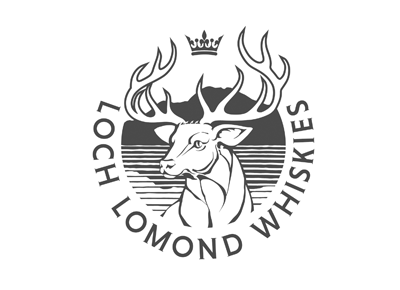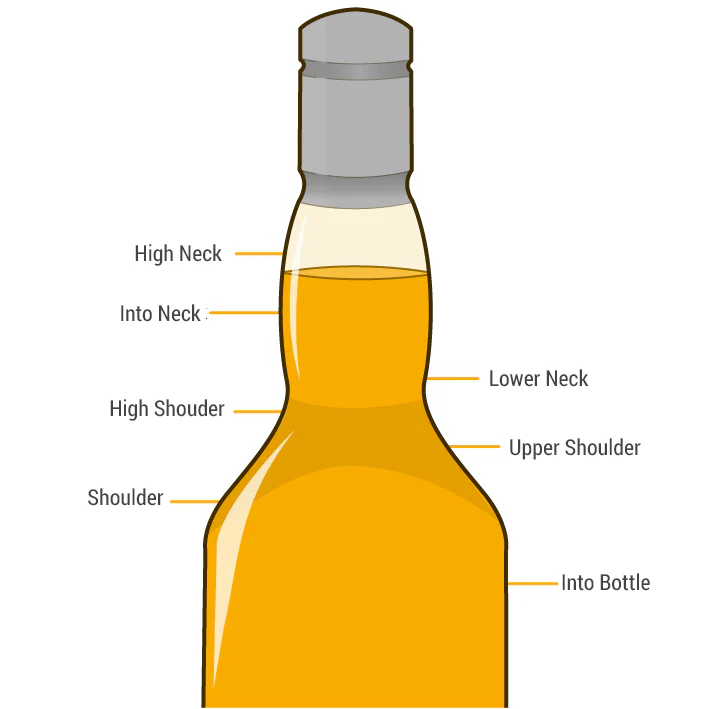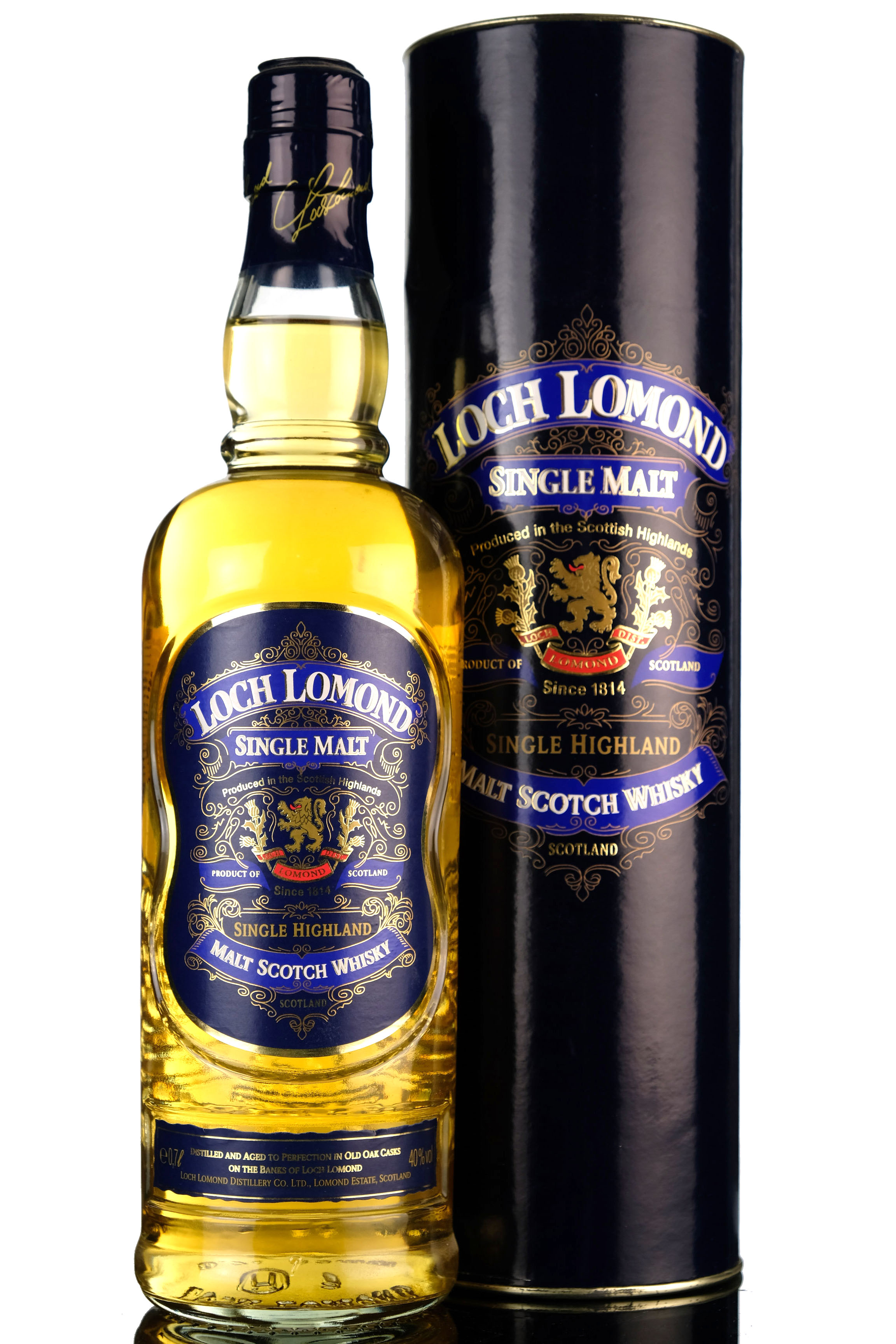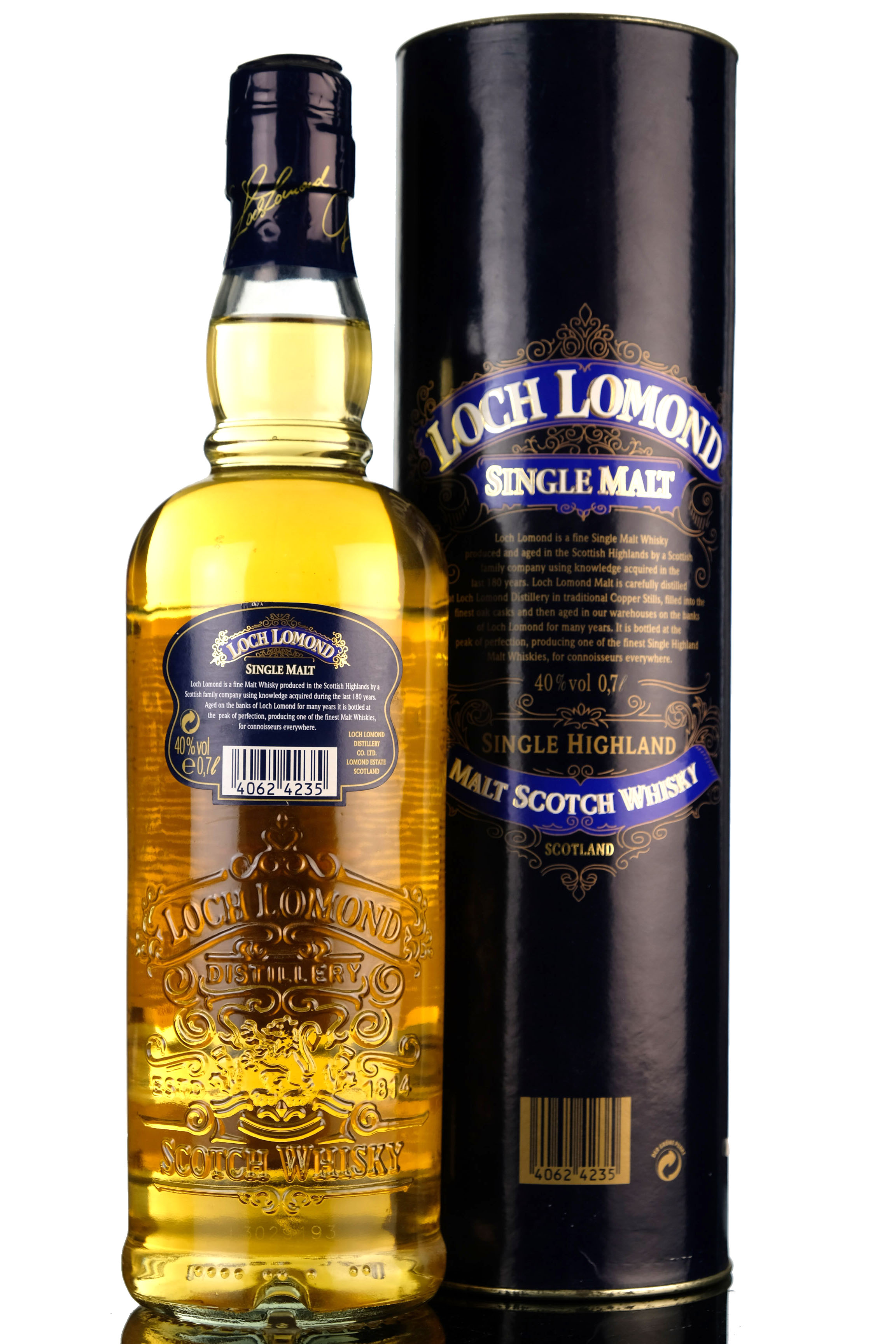End Date : Jul 22 2020 08:00 PM
We may have sold this bottle before. Click the graph below to view our sales history.

Loch Lomond began life in 1966 and has grown to become one of Scotland’s largest and most unusual independent distilleries. Loch Lomond has always been deeply experimental, and after various additions and expansions now boasts a set of 11 stills, including two traditional pot stills, six straight neck Lomond stills and a trio of continuous stills. The distillery produces both grain whisky and diverse single malt styles ranging from light and floral to rich, heavily peated spirits.
Loch Lomond has recently simplified its range, with the company’s malt whiskies streamlined to the Lomond-distilled spirits Inchmurrin (fruity and sweet) and Inchmoan (smoky and spicy), plus a new standard-issue Loch Lomond single malt combining these two styles with a third whisky made on the distillery’s traditional pot stills. Loch Lomond also makes a Coffey-distilled malt whisky, which SWA regulations insist must be marketed as Single Grain whisky.

Distillery bottlings are, as the name suggests, bottled by or for the distillery from which the whisky has originated and are thus often referred to as Official Bottlings or OBs. Distillery bottlings are generally more desirable for collectors and usually fetch higher prices at auction than independent bottlings. They are officially-endorsed versions of the whisky from a particular distillery and are therefore considered the truest expression of the distillery’s character.
This ideal of the distillery character is regarded so seriously by the distilleries and brand owners that casks of whisky that are considered to vary too far from the archetype are frequently sold on to whisky brokers and independent bottlers. When this happens, it is often with the proviso that the distillery’s name is not allowed to be used when the cask is bottled for fear of diminishing or damaging the distillery’s character and status.





